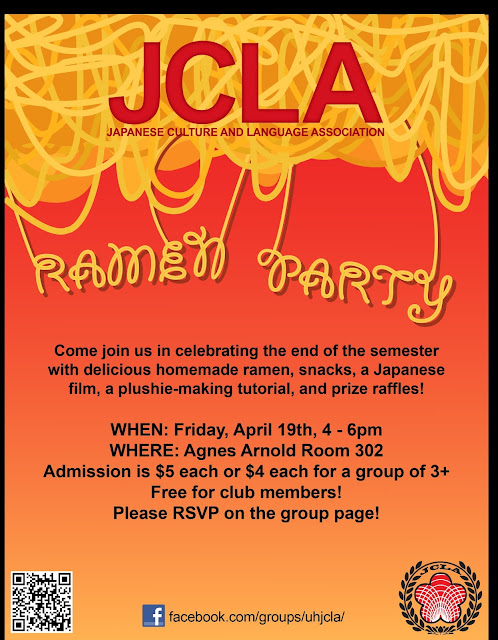It's basically like those snowflakes we all made in elementary school, in that you fold a square diagonally over and over again, and cut designs in it. You can make the lines as big or small as you want, and the smaller you do it, the longer the final product is (I ended up with something from printer paper that hangs about 5ft from my ceiling). The hardest part is gently peeling the layers apart.
Part of my ceiling.. It started as a creative use of my (pink) electricity bill. Haha.
Third one was made using random wavy cuts and unfolding in an interesting way!
Third one was made using random wavy cuts and unfolding in an interesting way!
Try mixing it up with wavy shapes and such, too! The only rule in this case is that the line must come from one side, and can't touch the other, but you can do S/U-shapes all you like.
Language Notes!~
Kirigami (切り紙)
切る (kiru) - Verb meaning "to cut"
紙 (kami) - Noun meaning "paper"
Origami (折り紙)
折る (oru) - Verb meaning "to fold"
紙 (kami) - Noun meaning "paper"


